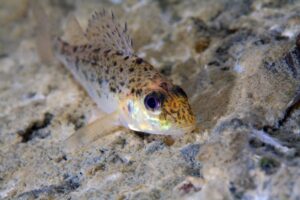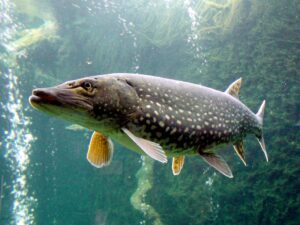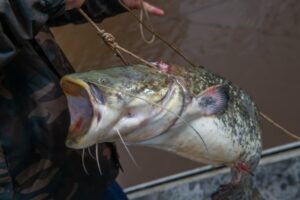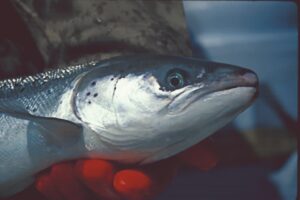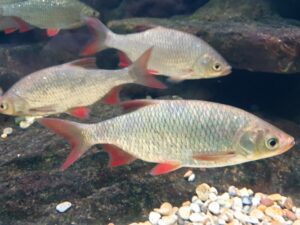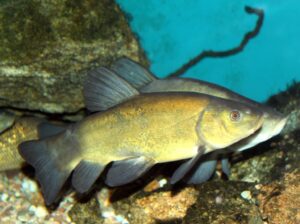Bottom feeder : Crucian Carp (Carassius carassius)
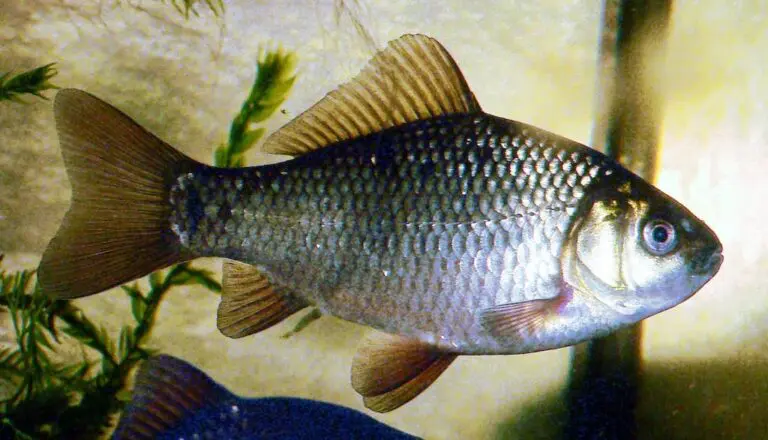
A close relative of the common goldfish (Carassius auratus), the Crucian Carp (Carassius carassius) is a freshwater fish that closely resembles a small Carp, albeit without the characteristic barbels.
The Crucian Carp favours still and calm waters that are rich in vegetation. Although its flesh is considered to be of little culinary value, the Crucian is an interesting catch for anglers due to its strength, feisty nature, and its tendency to stay close to the bottom, similar to Carp and Tench. Moreover, small Crucians serve as excellent and resilient live bait.
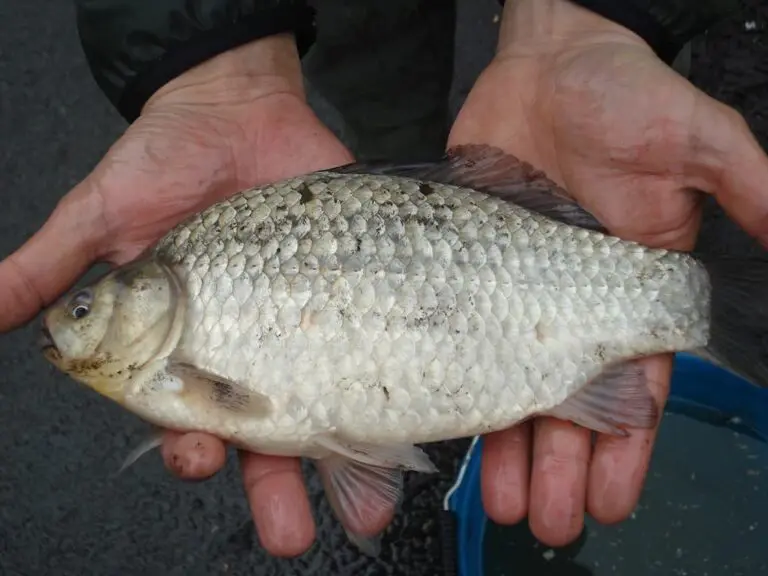
What is a Crucian Carp?
The Crucian Carp (Carassius carassius) is a freshwater fish found in Europe and Asia. It is often regarded as a sport fish due to its size and strength and is valued by anglers for these attributes.
Description of the Crucian Carp
Physical Characteristics
The Crucian Carp has an oval-shaped, thick, and laterally compressed body, the height of which can vary significantly depending on the fish’s habitat. Its abdomen is rounded and its overall shape is reminiscent of a Carp.
The head is small with a very short snout, a small mouth, and relatively large eyes. The lower jaw tilts slightly upwards and the mouth forms an arch, equipped with a row of four pharyngeal teeth on each side. The lips of the Crucian are thick, albeit thinner than those of a Carp.
The pectoral fins of the Crucian can be long enough for their tips to reach the pelvic fin. The dorsal fin has a long base that extends from the pelvic fin to the middle of the anal fin.
The colour of this fish is greenish-brown on the back, with flanks ranging from a silvery-grey to a yellowish-brown. The fins of the Crucian are grey. The scales of this fish are quite wide and rounded, and the lateral line is well-defined, speckled with small black spots.
| Class |
| Actinopterygii |
| Order |
| Cypriniformes |
| Family |
| Cyprinidae |
| Genus |
| Carassius |
| Species |
| C. carassius |
| Binomial Name |
| Carassius carassius (Linnaeus, 1758) |
Size and Weight
The typical size of the Crucian Carp is between 15 to 25 cm (6 to 10 in) , with a weight of 200 to 500 g (7 to 18 oz). Larger specimens can reach a size of 45 cm (18 in) and a weight of 2 kg (4.4 lbs). The British record for Crucian Carp fishing is a 2.1 kg fish, equivalent to approximately 4.6 pounds, caught in a lake in 2003. Numerous attempts have been made to break this record, but none have been validated as the caught fish were not identified as true Crucians.
Lifespan of the Crucian Carp
The lifespan of the Crucian Carp is approximately 10 years.
Habitat and Lifestyle
Habitat
The geographical distribution of the Crucian Carp is extensive; it is found in most Eurasian water bodies, from South Korea to Western Europe. It has been artificially introduced in South and Southwest Asia, some African countries, and Chile. This fish is particularly fond of still or stagnant waters such as lakes, ponds, or marshes, as well as very slow-moving rivers, preferably with banks and bottoms richly covered in vegetation. The Crucian Carp shows a strong preference for muddy bottoms where it likes to burrow. It thrives in oxygen-poor, turbid, or dirty waters, easily surviving in highly degraded and polluted environments.
Diet of the Crucian Carp
The Crucian Carp’s diet is omnivorous and benthic, meaning that it searches the bottom for food, similar to Carp and Barbel. It feeds mainly on plankton, insect larvae, molluscs, small crustaceans, as well as plant and organic debris. The fish’s feeding activity peaks at dawn and dusk.
Reproduction
The spawning period occurs at the end of spring, during May and June, when water temperatures approach 15°C (59°F). At this time, Crucian Carp gather in vast shoals to spawn. The female deposits between 150,000 and 300,000 eggs in the shallow waters along the banks where vegetation is plentiful. These eggs, with a diameter of 1 to 1.5 mm, will adhere to the vegetation before being fertilised by male Crucian Carp. The eggs hatch 4 to 8 days later. It is worth noting that hybridisation between Crucian Carp and Carp is quite common.
Importance of Crucian Carp in Fishing
The culinary interest in Crucian Carp is virtually negligible. It is a powerful fish, appreciated for its fighting spirit, which, once hooked, stays close to the bottom, much like Carp or Tench. Young Crucian Carp are excellent live bait, ranking among the most resilient and easiest to use.
Fishing Techniques for Crucian Carp
The Crucian Carp is typically caught using pole fishing techniques, at the bottom, employing the same fishing methods as those used for Roach, Bream, and Carp. As it is not a particularly large fish and has a narrow mouth, it tends to prefer smaller bait. This preference can be used as a technique to select larger fish once an area is known to be populated by Crucian Carp.
Common name for the Crucian Carp
Most popular common names for the Crucian Carp are carassin (french), karausche (german), carassio (italian), carpa a specchi (switzerland italian), carpin (spanish), kroeskarper (dutch) and karas (polish).
Conservation Status of Crucian Carp
The Crucian Carp is classified under the category LC (Least Concern) on the IUCN Red List. The “Least Concern” category indicates that the species is widespread and abundant.

